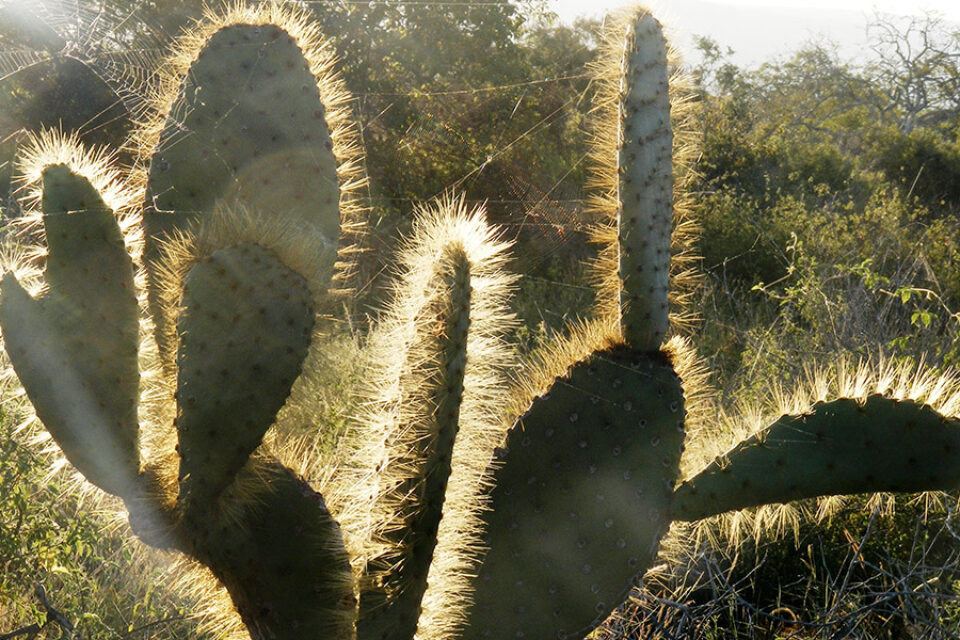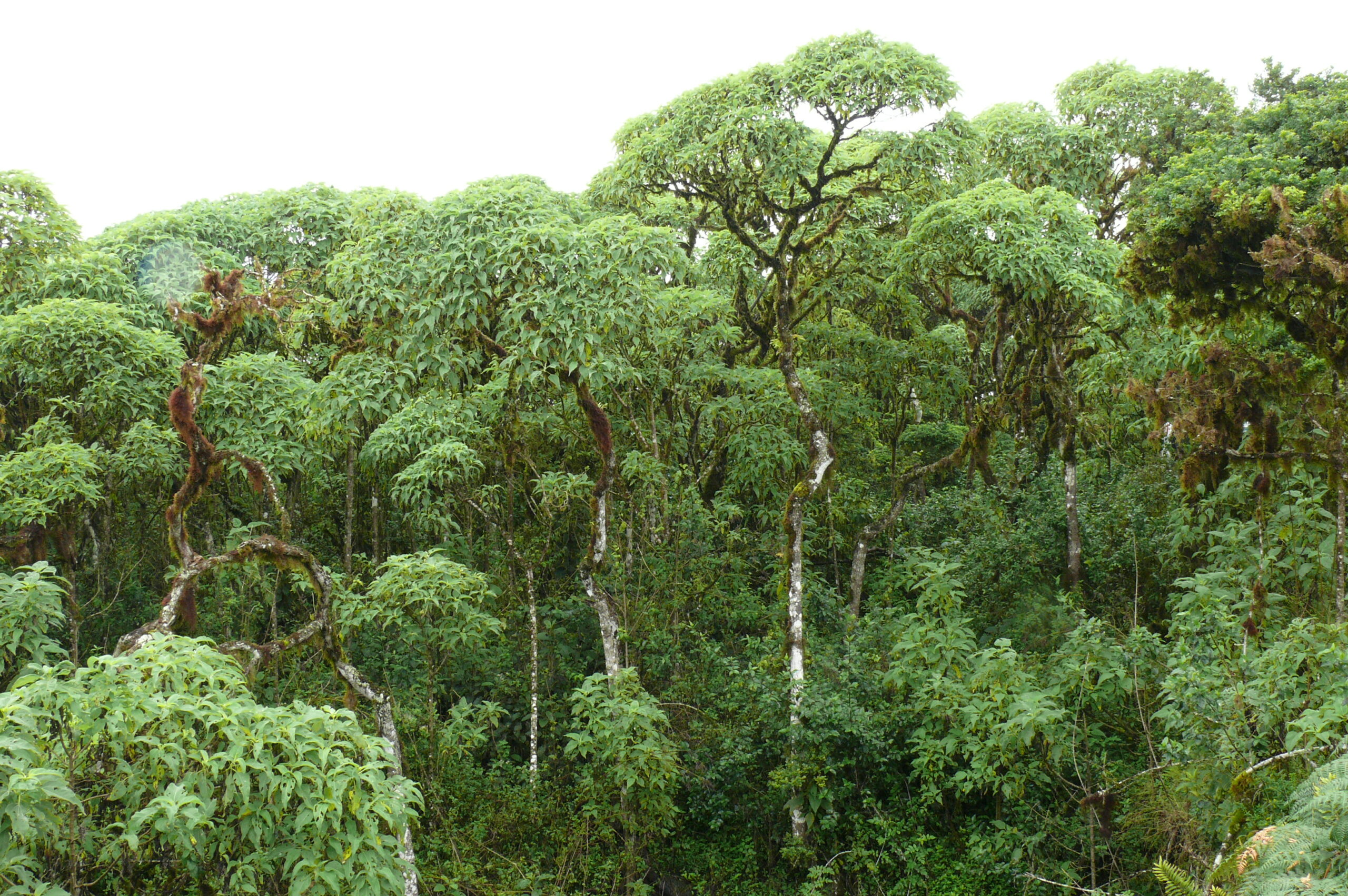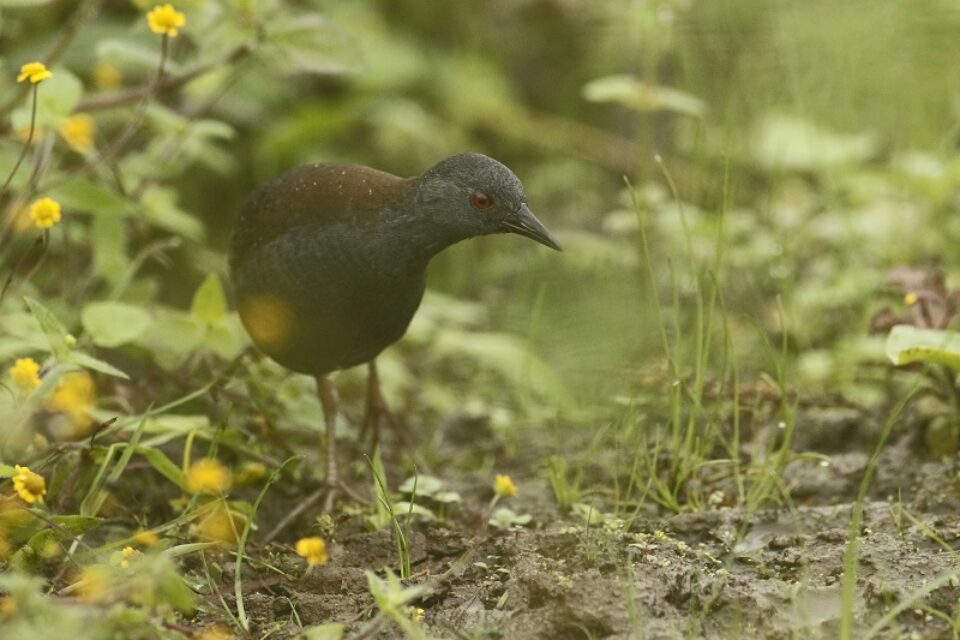

The giant daisy forests of Galapagos
Scalesia plants account for 15 of the 180 endemic species of flora in Galapagos.
Tomorrow is the second ever International Day of Forests, a United Nations backed initiative which aims to raise awareness of sustainable management, conservation and sustainable development of all types of forests for the benefit of current and future generations.
Forests cover a third of the total land surface on Earth, which is almost exactly the same percentage as the forest coverage in the Galapagos National Park. However, in a way so typical of Galapagos, things are not quite as they first appear and the trees and forests are no exception.
One of the most important genera in the Galapagos forest is not strictly a tree at all. To be more specific, these Scalesia plants are giant members of the daisy family (Asteraceae). They can grow up to 20m in height and have a trunk circumference of 60cm. While in stature they may appear to be trees, a closer look will reveal that they share many similarities with shrubs – including soft, pithy timber and fast growth, on average 4m within their first year.
Scalesia plants account for 15 of the 180 endemic species of flora in Galapagos. The largest and most dominant species is Scalesia pedunculata. The zonation of plants in the Islands is intrinsically linked to altitude, with the Scalesia zone between 400 and 700m. At this height above sea level, the forests are regularly shrouded in the garua mist, so famous across the Islands. This incredibly humid environment leads to numerous epiphytes (a plant that grows on another plant) covering the Scalesia and taking moisture directly from the air without the need for roots.
Another of their unique traits is that many of the plants in Scalesia forests are around the same age. As the plants grow vertically very quickly, they create a canopy cover, casting a shadow on the forest floor. This prevents the growth of younger individuals and leads to vast swathes of trees growing together. The down side to this is that natural events can lead to population crashes. This has been documented twice; once between 1935-40 and again between 1982-3. The latter event coincided with a very strong El Nino which, due to its associated increase in rainfall, weakened the root systems, allowing strong winds to topple these giant daisies. Once the canopy is removed, seeds which have remained dormant on the forest floor have access to sunlight and begin to grow, creating the next generation of forest.
However, it is not only these large natural events which threaten the species’ survival. The soil in the Scalesia zone is some of the most fertile across the Islands. The human population has taken advantage of this by turning large areas into agricultural land. Non-native species have been introduced (some intentionally such as Guava and a Himalayan hill raspberry) which outcompete the native floral species. In addition, goats and pigs now roam the forests, devouring any new seedlings that begin to emerge. The result of this could be catastrophic. If another natural event wipes out swathes of forest, there may not be a sufficient seed bank to produce the next generation and vast areas could remain bare.
The International Day of Forests and Trees allows everyone to take a moment to consider the effects that humans have on the trees and plants around them. If effective conservation action is not taken to protect species like the giant daisies of Galapagos, they may simply become another example of the destruction that man can cause. Fortunately, the Galapagos National Park is a closely monitored reserve and research and conservation management is possible thanks to the help and support of many people. If you would like to help conserve Galapagos’ stunning natural beauty, see how you can get involved on our website.
Related articles

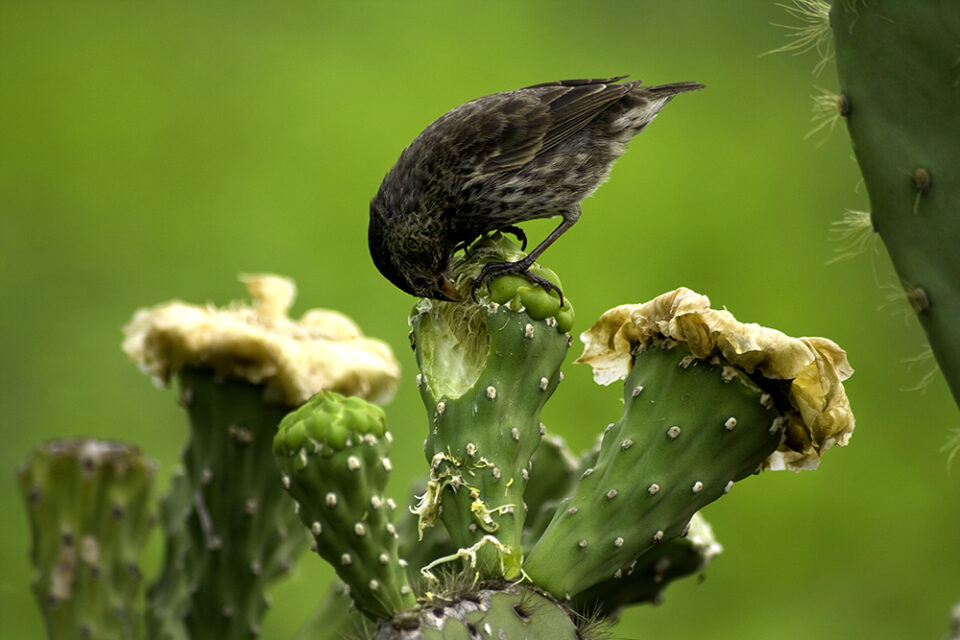
The Importance of Opuntia
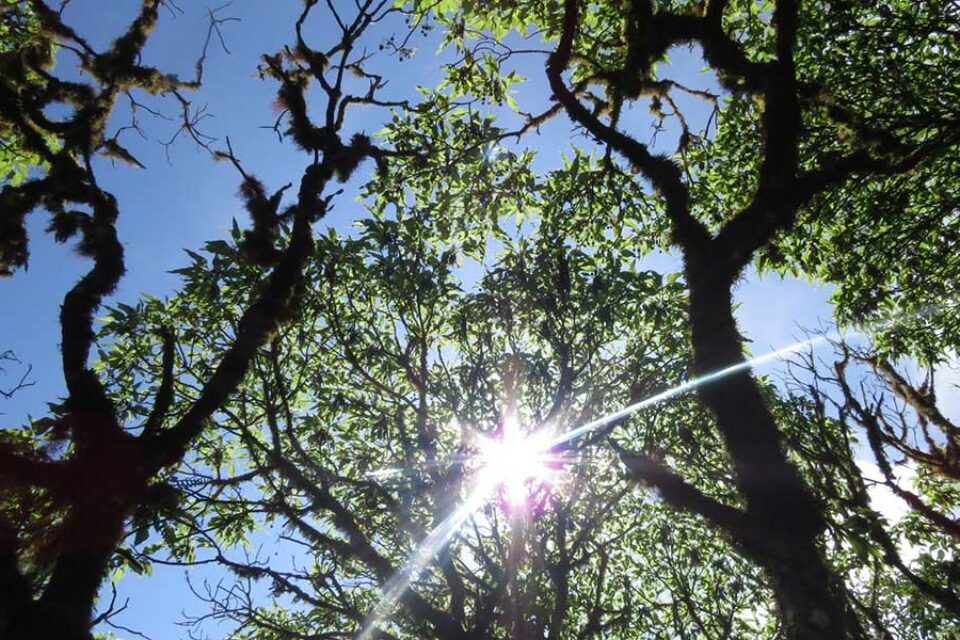
International Day of Forests 2016
